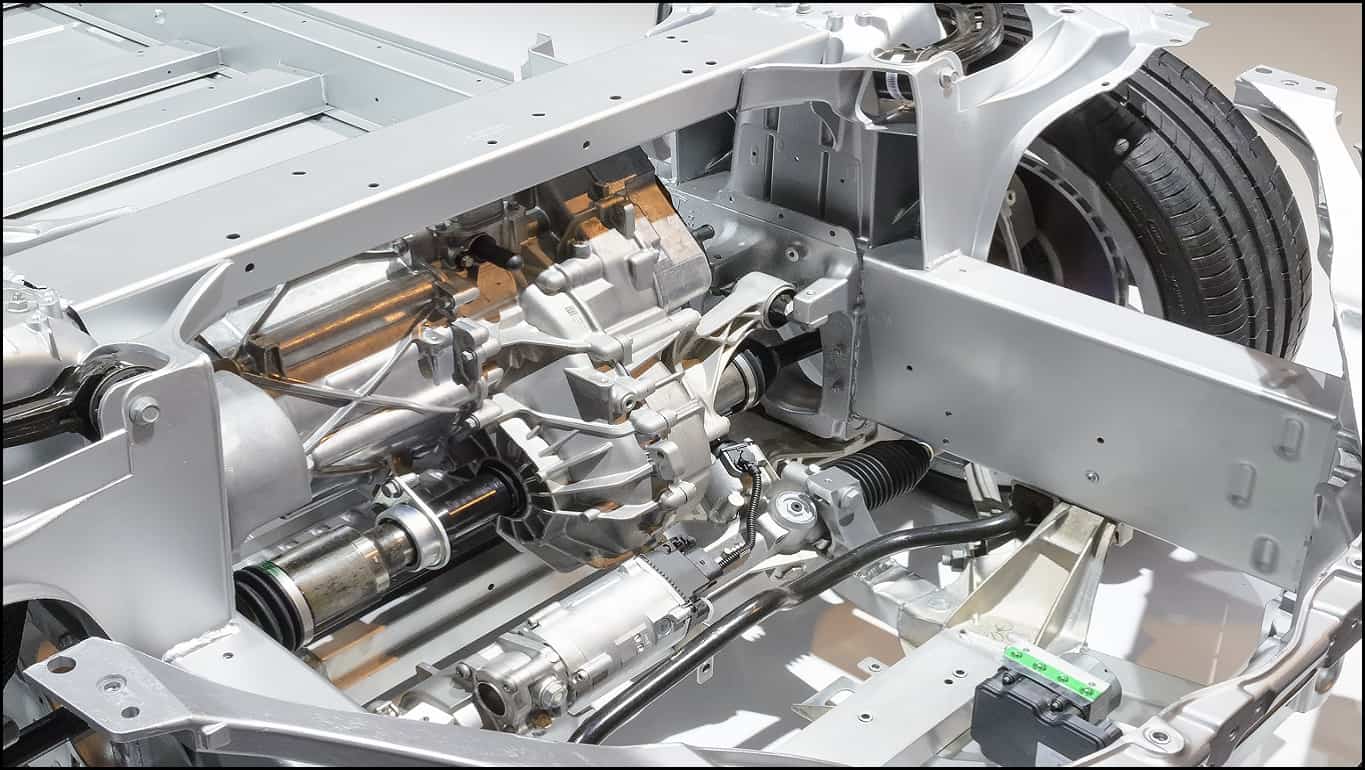At Tesla’s Investor Day on March 1, 2023, Franz Von Holzhausen, Lead Design Executive at Tesla Motors (Nasdaq:TSLA), announced that its next generation of electric motors would not use rare earth materials. With Tesla’s current dominance in the electric vehicle (“EV”) market, this shift could have a significant impact on the rare earth market and some rare earth stocks were down on the news. Here is what he said:
“But at Tesla efficiency means more than just reducing how much energy the cars use it’s about how we develop how we manufacture how we refine and how we scale the powertrain. Now the model 3 and Y powertrain is a great example of this broader meaning of efficiency. So since we launched it back in 2017, we’ve continuously improved that powertrain and the factory that builds it so the Drive Unit the engine of the car is lighter for the same power. We use 25 percent less heavy Rare Earth than when we started and the powertrain Factory which is behind me today is 75 percent smaller and 65 percent cheaper than the one that we originally built. And what I really want to emphasize is that we did all of this without compromising our cars are just as powerful. They go just as far, and they cost the same or less and the factories have the same output.“
“There’s one more thing that I want to highlight. So, I talked about how we had reduced the amount of rare earth in our powertrains and, as the world transitions to clean energy, the demand for Rare Earth is really increasing dramatically and not only is it going to be a little hard to meet that demand but mining that rare earth it has environmental and health risks, so we want to do even better than this. We have designed our next Drive Unit which uses a permanent magnet motor to not use any Rare Earth materials at all. So how does all this fit into the master plan we can make lower-cost products that are still efficient and compelling, and we can make them at scale. We’re going to use less constrained Commodities.”
Perspective lost! Tesla is not the driver of the global demand for rare earths
Tesla is not the driver of the global demand for rare earths; the global OEM Internal Combustion Engine (“ICE”) automotive industry is the principal driver of demand for rare earth permanent magnets followed by or paralleled by the direct drive wind turbine electricity generation industry (at the moment), the Global OEM EV industry, and the global military industry.
Tesla is an example, even perhaps a symbol of something. It is not the thing itself. The thing is the expanded use, albeit in very small quantities, of scarcely produced, due to costs, technology metals that enable miniaturization and thus widespread consumer use of information and entertainment technologies.
Rare earth permanent magnets, which have allowed the miniaturization of electric motors, are used today primarily for convenience and style accessories in cars, power windows, power seats, windshield wiper motors (ok, this is a safety necessity), audio loudspeakers, and power steering. Their use in drive motors for vehicle power trains is not necessary and never has been.
Using rare earth permanent magnet motors in drive trains increases the efficiency of the power train (over the use of AC motors) and lowers the weight of the vehicle. Both factors increase range, the real target of using rare earth permanent magnet drive motors.
Wind turbines drive rare earths demand
Direct drive wind turbine generators, today about a third of the production of these gargantuan devices, are the largest demand drivers for rare earth permanent magnet motors (in this case, generators) after the OEM ICE automotive industry.
The, as yet, small OEM EV industry is catching up due to scale. An average EV using rare earth permanent magnet drive motors such as today’s Teslas requires between 5 and 10 times as much rare earth permanent magnet material as an ICE-powered vehicle. So, if and when the EV market segment reaches 10% of the ICE segment and if all EVs use rare earth permanent magnet drive motors then EVs would double the current demand for rare earth permanent magnets by the global OEM automotive industry.
China set to double rare earths capacity in 2 years
I think we can all see why the Chinese rare earth permanent magnet manufacturing industry is on a course to double its capacity by 2025!
Teslas or any car or truck made outside of China will be hard-pressed to get non-Chinese (or perhaps even Chinese) sources of rare earth permanent magnets after 2025. So will wind turbine generator manufacturers and even small accessory motor and loudspeaker makers.
China today controls the production of rare earths, rare earth permanent magnets, and rare earth permanent magnet motors. Deglobalization of trade without a focused and funded non-Chinese rare earth permanent magnet production industrial policy just cements China’s dominance of this industry.
Elon Musk is just reading the tea leaves better than his cohorts in Detroit and Stuttgart.




Leave a Reply